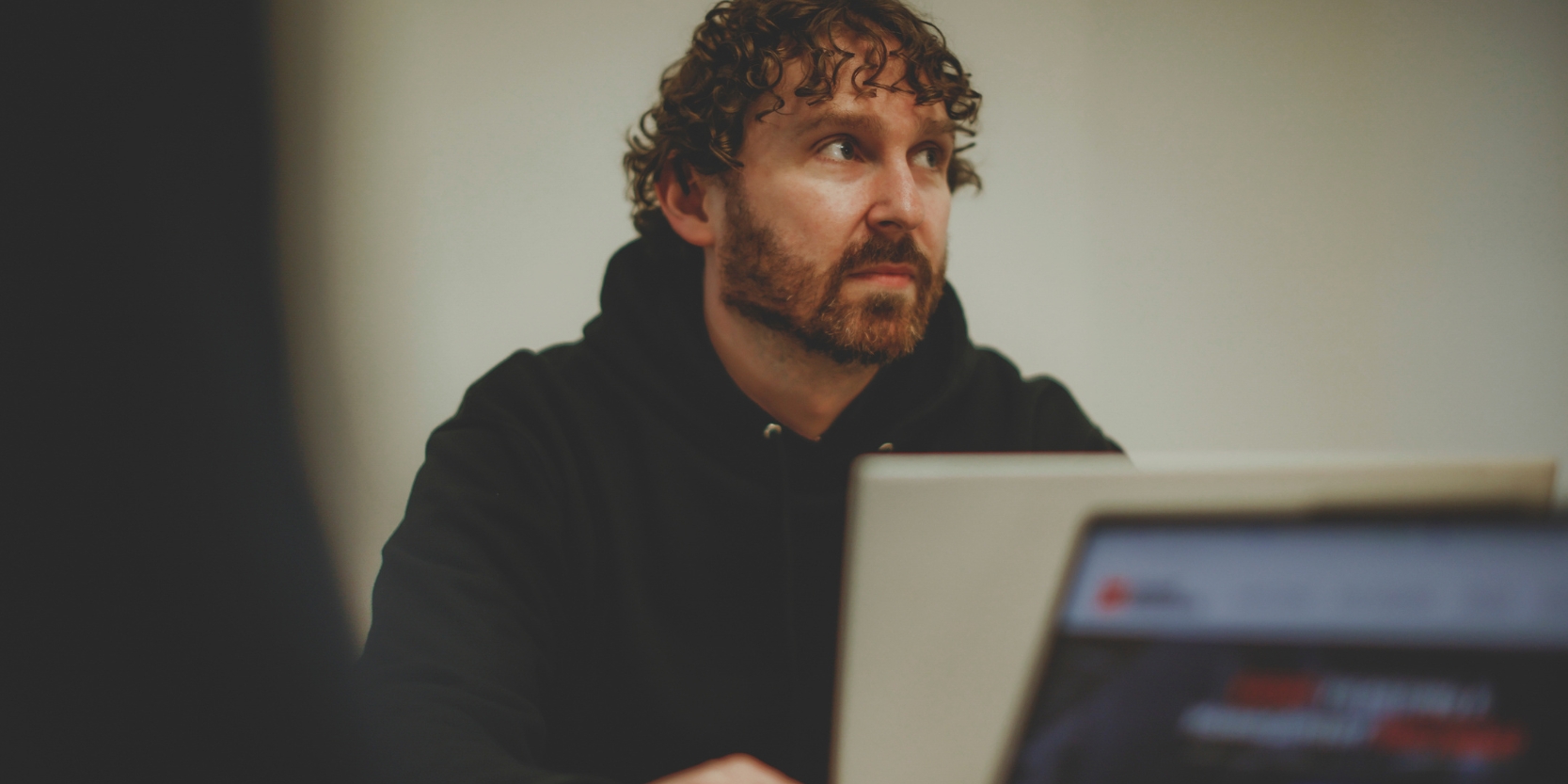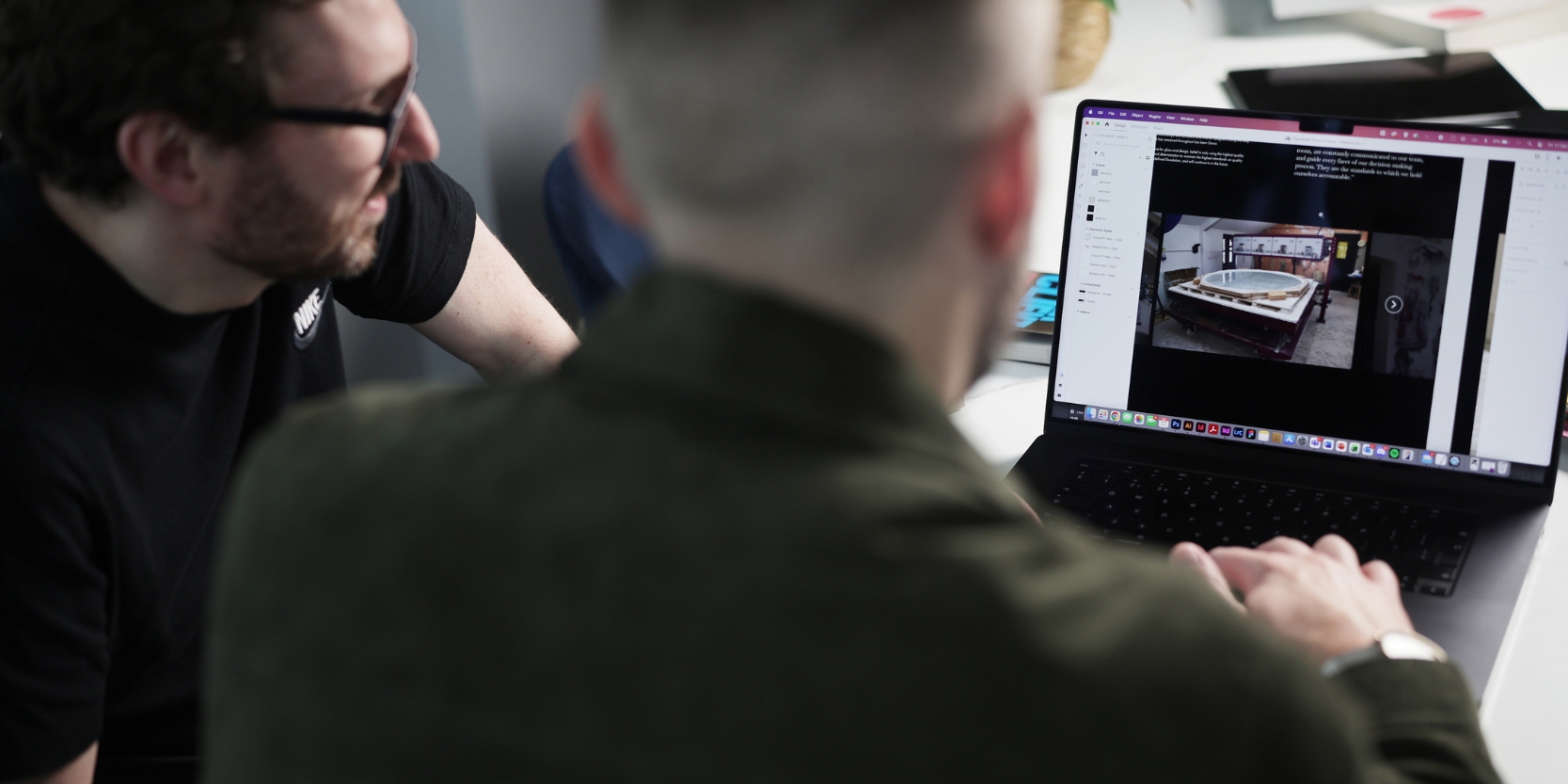If you’re proud of the work you do… show it 👀
Your website might look great, your services might be spot on, and your team might be brilliant… but when a potential customer lands on your site, they’re not just looking for what you say. They’re looking for what others say about you!
That’s where testimonials and case studies come in. A good testimonial builds trust faster than any sales pitch.
It tells your future customers: “This business did a great job for me, and they can do the same for you.”
They feel natural and relatable. They reduce hesitation or doubt. They speak directly to someone’s problem or fear.
How to share testimonials that count!
- Use full names and photos where possible
- Place them strategically (e.g. near calls-to-action)
- Keep them short, specific, and authentic — avoid generic praise like “They were great!”
Proof you get results
A case study is simply a story that shows how you helped a real client solve a real problem. It’s proof of your process and your impact.
They demonstrate your expertise in action. They highlight the results you deliver.
They give potential clients confidence that you’ve done it before!
What a great case study includes
- The challenge – what the client needed help with
- Your solution – what you did and why
- The result – what changed, improved, or succeeded
- A direct quote from the client, if possible
Combine both for maximum impact
Think of testimonials as trust builders… and case studies as proof. Use both across your website:
- On your homepage
- On service or product pages
- In sales decks and email marketing
- On social media, they make great posts!
Sharing your case studies and testimonials online
Most people won’t take your word for it. They’ll take your clients’ word for it.
So if you’ve got happy customers, let them speak. Showcase the results you’ve delivered. Build trust before the conversation even starts.







